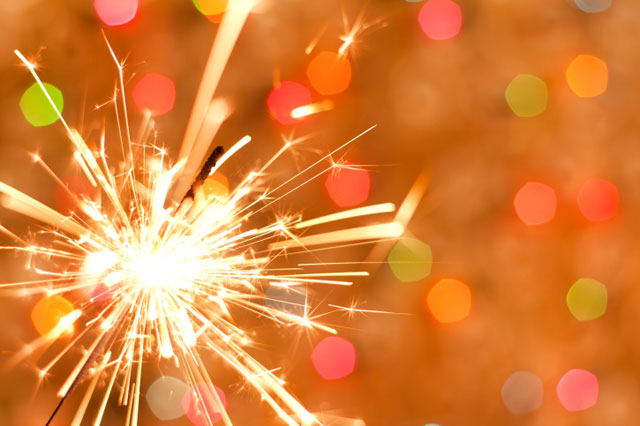Fireworks capture our attention with their beautiful colors and controlled explosions, both of which link directly to fundamental concepts taught in basic chemistry classes. Media resources featured in the lesson, Igniting Chemistry in Fireworks provide a visually rich way to tie together spectral chemistry, combustion, and the nature of fire. Students begin by watching a video segment and reading text about the color of fireworks (particularly useful when following a chemistry lab in which powders of elements are placed over a flame to observe their spectral emission). They also watch a video segment and do an interactive activity on the mechanics of a firework, which leads to optional interactive activities for those wanting a slightly more advanced chemistry lesson involving chemical reactions. The lesson wraps up with video segments of different types of fireworks and an explanation of the principles of chemistry and pyrotechnics.
Resources featured in this lesson plan include:
Fireworks! Making Color
Grades 6-12 | Video
Although black powder remains one of the most important components in fireworks today, in order to create the colorful displays audiences expect, it must be combined with many other chemical compounds. This video segment describes some of these compounds and explains how pyrotechnicians use them to create fireworks.
Fireworks! Lifting Charge
Grades 6-12 | Video
Without some powerful way to blast them high above the ground, firework displays could only be enjoyed by small groups, rather than the large crowds they entertain today. This video segment, shows how pyrotechnicians load and fire these magnificent displays.
